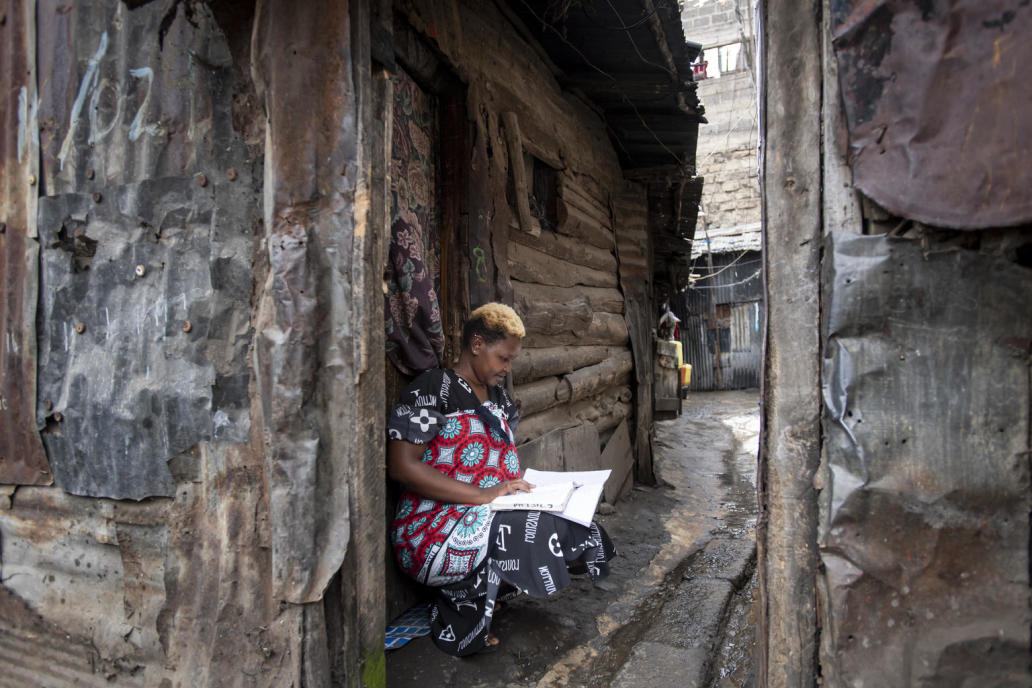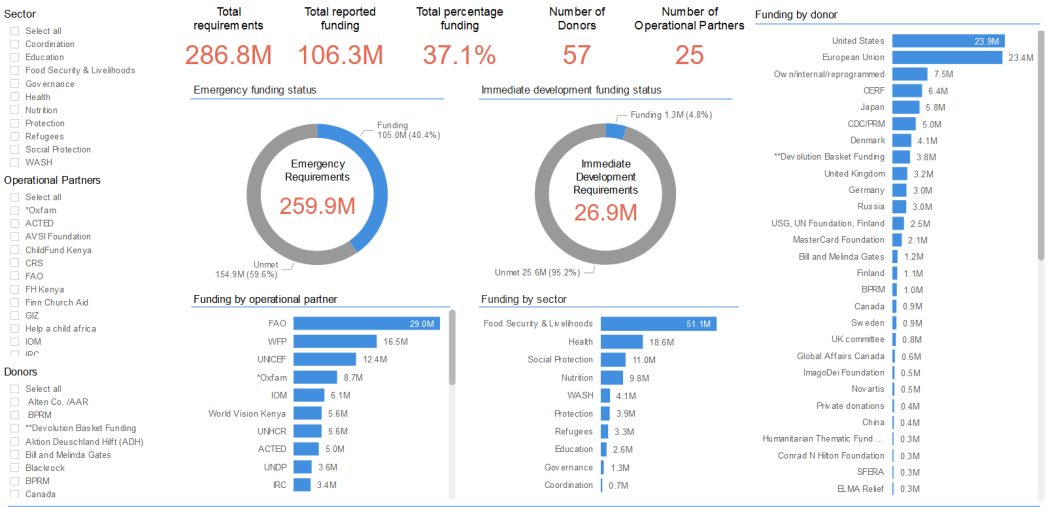Situation Overview
The food security situation in the Arid and Semi-Arid Lands (ASAL) counties has significantly improved after two consecutive seasons of above-average rains, with approximately 739,000 people currently facing severe food insecurity (IPC Phase 3 and above), according to the Kenya Food Security Steering Group 2020 Long Rains Food and Security Assessment (LRA). The food security situation in the ASAL counties is reportedly at one of the lowest levels in the last 15 years, with most counties in IPC Phase 2. The situation is projected to remain stable until October 2020. The decline is attributed to the cumulative good performance of the 2019 short rains and 2020 long rains. Crop prospects are reportedly average to very good based on available water requirements except in parts of the southeast and coastal areas. According to the LRA, maize production for the 2020 long rains in the country is projected to be approximately 10 to 15 per cent above the five-year average. However, the outlook for the October, November, and December short rains—critical for crop production in semi-arid areas and pasture regeneration in arid areas—is projected to be below normal with higher than normal temperatures (30 to 60 per cent). This is reportedly driven by rising sea surface temperatures in the Indian and Pacific Oceans, and the possibility of a la Niña event.
Despite the general improvement in food security and nutrition outcomes, malnutrition levels remain high across the ASAL counties, indicative of the multiple and complex underlying causes beyond food security. Nearly 1.17 million children and women require treatment for acute malnutrition, including about 135,500 of them for severe acute malnutrition (SAM), according to the LRA.
In informal settlements in urban areas, approximately 1.7 million people are projected to be currently facing food insecurity due to including, the impact of the COVID-19 pandemic on the economy, increased food prices and a decrease in income or the loss of a job.
Following intense rainfall, multiple lakes in Kenya—including Lake Baringo, Lake Bogoria and Lake 94, Lake Naivasha, Lake Turkana, and Lake Victoria—and waterways are at record-high levels, causing displacement and loss of livelihoods for surrounding communities.
Significant progress has been made in the desert locust response and the situation has significantly improved, according to FAO. Out of the 30 counties affected earlier this year, only few small maturing swarms persist in Samburu county, and local breeding could eventually occur in the north-west of the country with the Short Rains. There is a low risk that a few swarms currently in Ethiopia may arrive in the north-east about mid-November while the next generation of swarms that form in eastern Ethiopia and central Somalia are likely to arrive from mid-December onwards. As laboratory testing has recently increased in the country, the number of positive cases has also increased significantly since the beginning of October. A further increase in cases is expected as there is an increase in community mass testing in some areas of Nairobi, according to WHO. Increasing numbers of health workers infected have also been reported. MoH attributes the high rate of infection among private health facility health-care workers to inadequate adherence to infection prevention and control (IPC) guidelines and inadequate supply of personal protective equipment (PPEs).
All the 47 counties in the country have reported COVID-19 infections, Nairobi City and Mombasa county continue to have the highest attack rates of COVID-19 at 511.1 and 290.9 per 100,000 population respectively when compared to the national average of 94.8 and need enhanced interventions. Since 12 March 2020 when Kenya reported the first COVID-19 cases, the Ministry of Health (MoH) has confirmed a total of 45,076cases with 839 deaths (case fatality rate of 1.9 per cent), as of 19 October. About 65 per cent of the confirmed cases are male. Of the total cases, 98 per cent are local transmissions.
As directed by the Ministry of Education, the phase return to school has started with the first groups of classes (Grade 4, Class 8 and Form 4) resuming on 12 October. All schools in the country closed in March 2020. About 20 million children have been affected by the schools’ closure.

